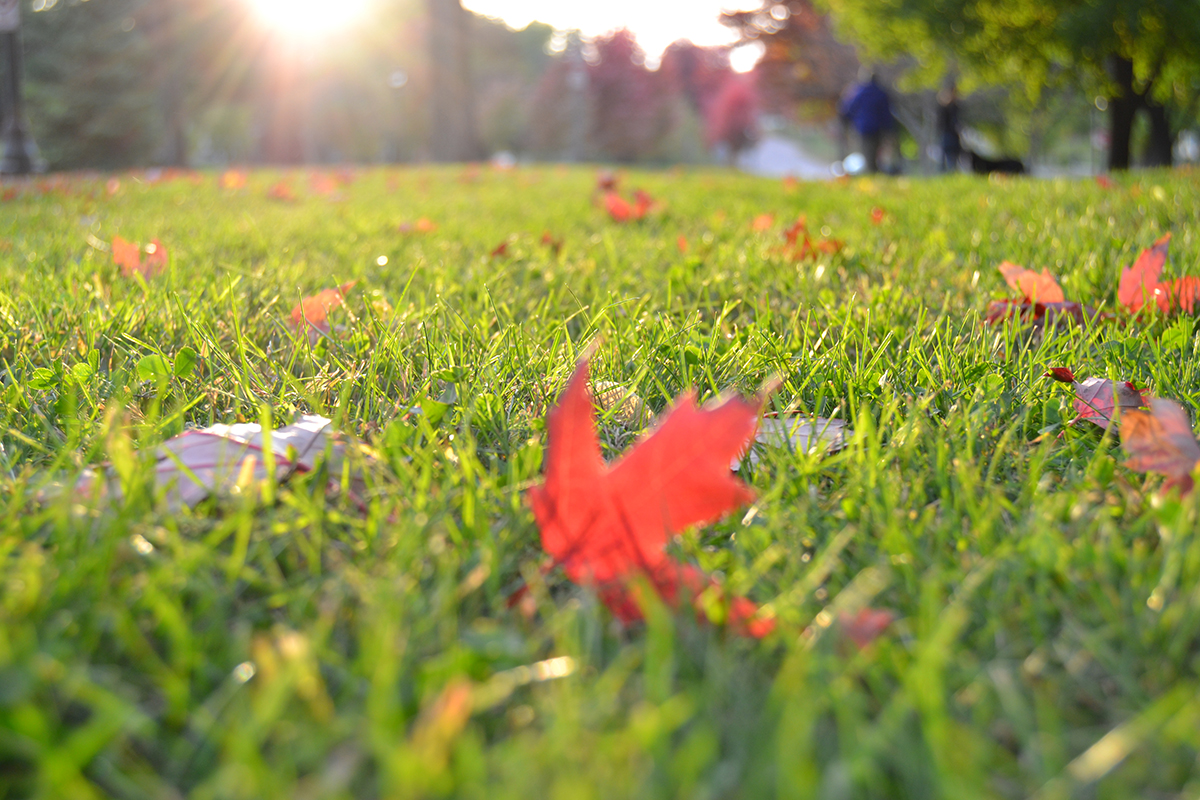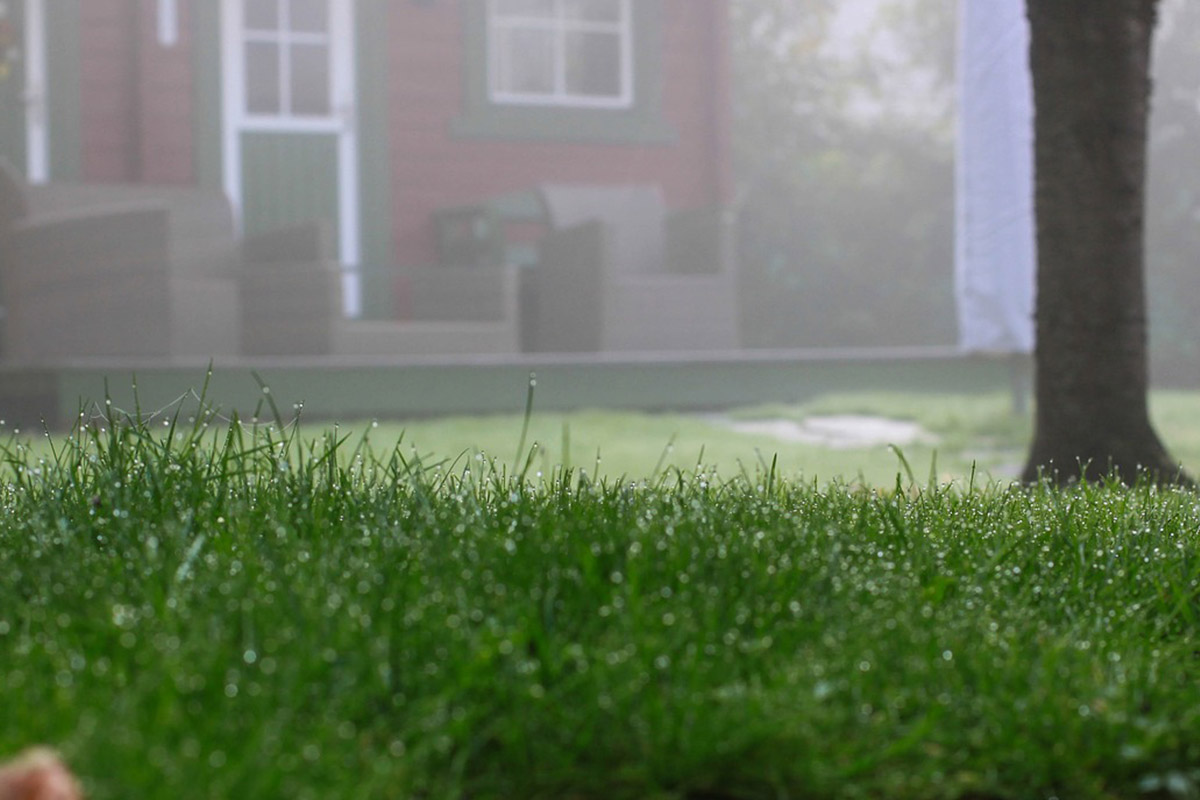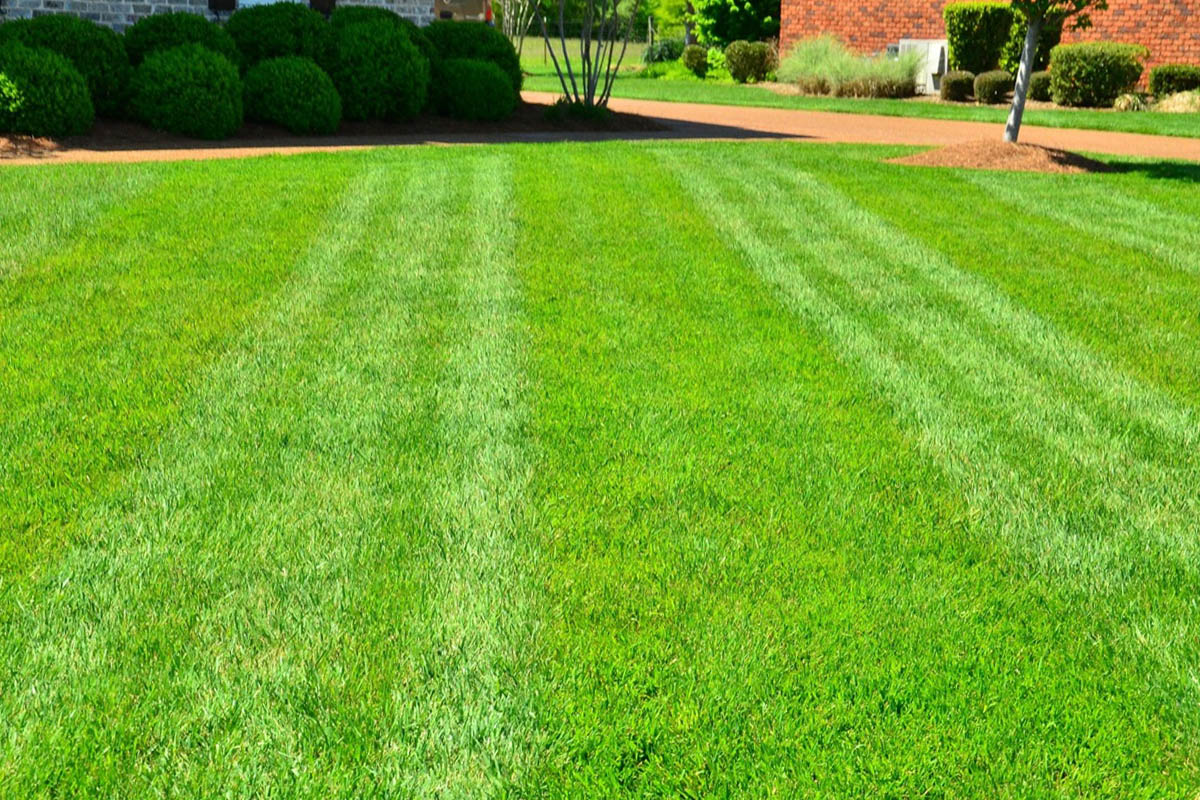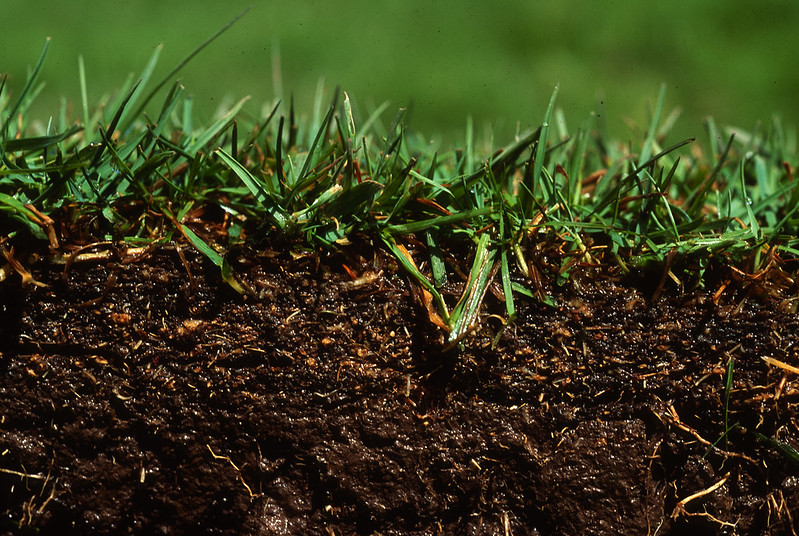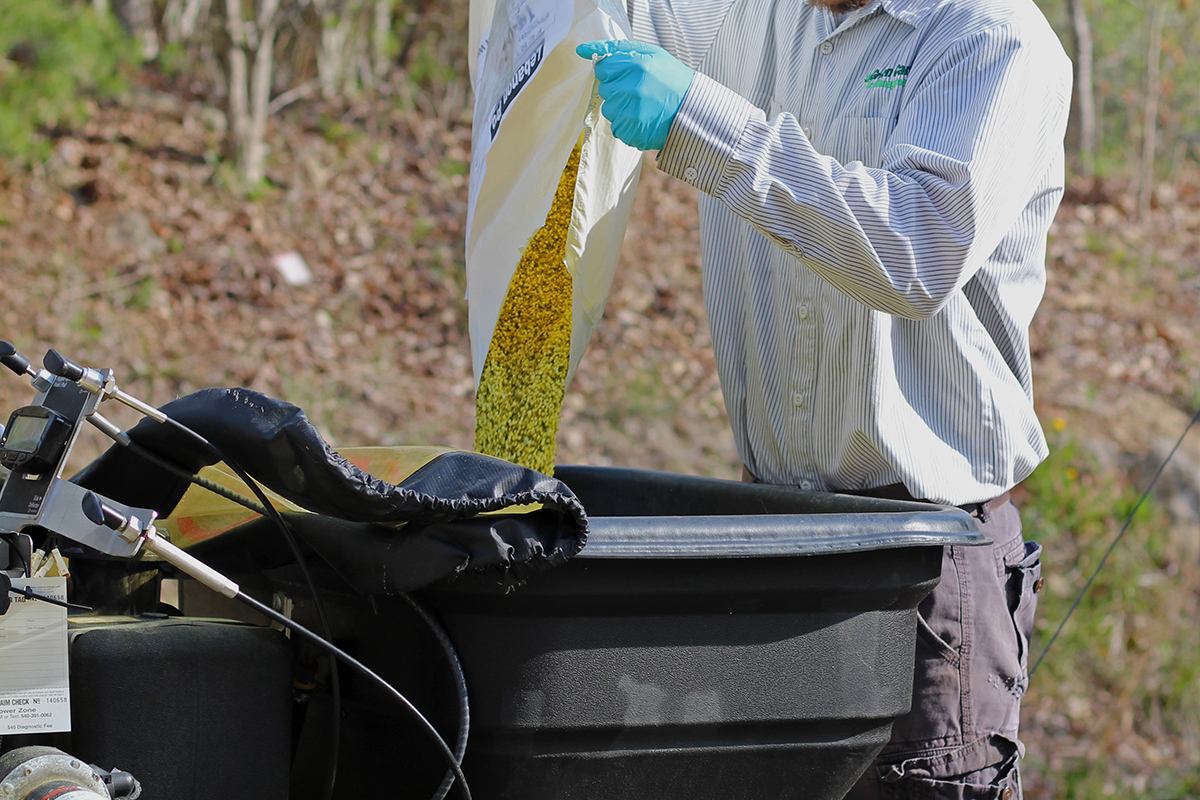The leaves are reaching their peak fall colors here in the Green Care service area! While you’re enjoying the beauty of the season, in the back of your mind you’re probably thinking that soon enough, all those leaves will be covering your lawn rather than hanging from the trees.
Have you ever wondered what to do about all those fallen leaves in your yard? Should you take the time and effort required to rake and bag all of them? Put them in a compost pile? “Leave” them alone? Some people prefer the tidy look of a leaf-free lawn, while others don’t care or simply realize the difficulty in trying to keep the lawn clear of them.
When it comes to those pesky fallen leaves, we hope you think about the health of your turf and the environment as you consider how you plan to deal with them.
Leaves & Turf Health
The cool season grasses that are most prevalent in our area need sunlight to thrive, especially in the fall and winter. Leaves left on the grass all winter can block sunlight, which can kill the grass underneath. They can also hold in moisture (which we have had a lot of this year!) that can increase the chance of turf diseases emerging. Even if the leaves are not thick, they can mat down and smother the grass, preventing new growth in the spring.
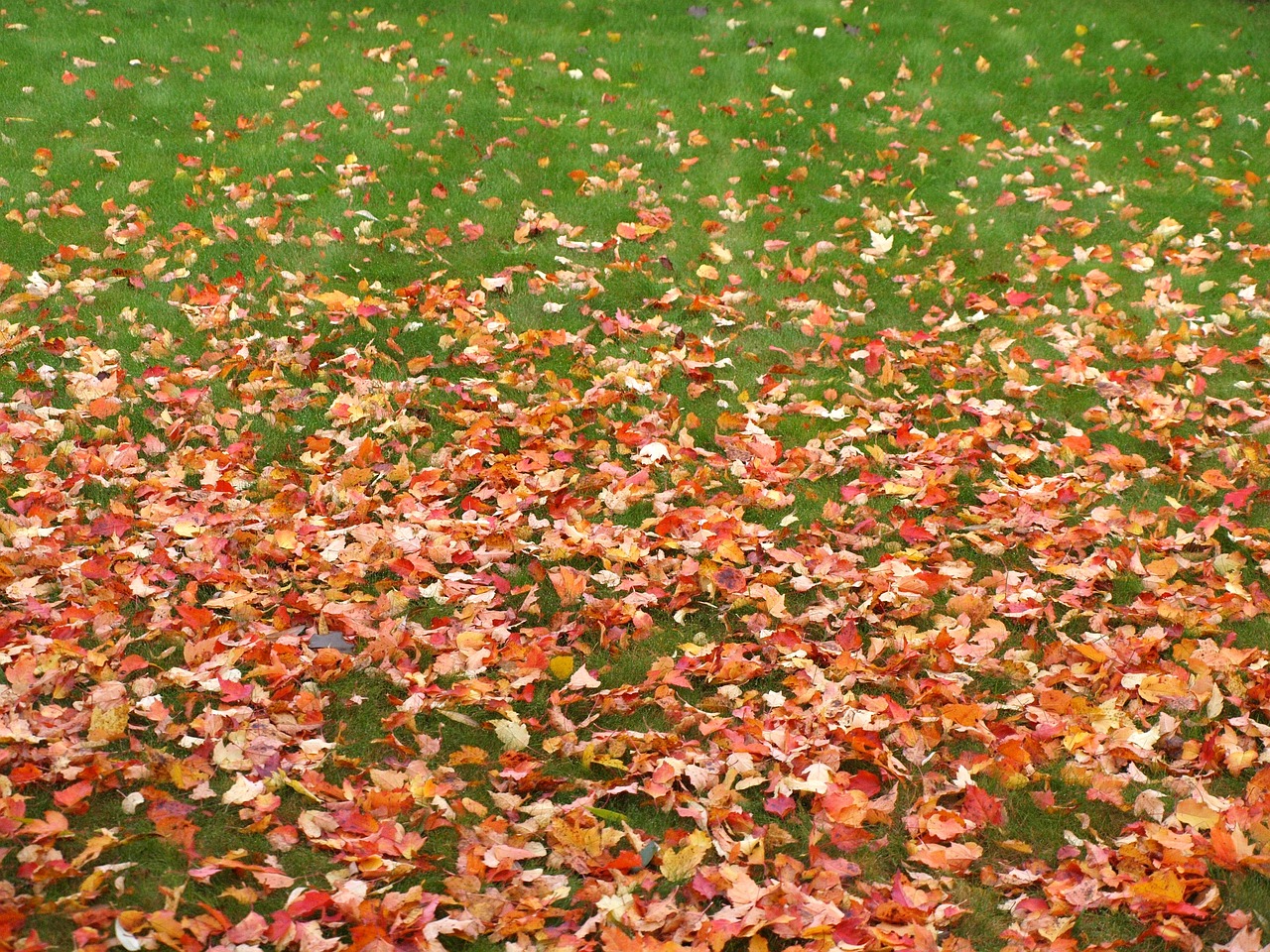
Ways to Handle the Leaves
Because of this, you may think we’re about to tell you that you need to rake up and bag every last leaf, but that’s not the case! We recommend several options that are more environmentally friendly and one that’s a lot easier.
1. Mulching Leaves With Your Lawn Mower
The easiest option, which is also perhaps the most beneficial for your lawn, is to leave the leaves where they are and to simply mow over them. By doing this, you chop up the leaves into small pieces that eventually decompose into the turf. Not only is this more time efficient than raking or blowing—it also provides nutrients to your grass!
And some research has shown that this method can reduce weed growth in the spring.
Things to Consider
If you’re going to mulch the leaves with your mower, there are a few things to keep in mind. The first is the moisture level of the leaves. If the leaves are completely dry, mowing over them can create a lot of dust. But you don’t want them to be too wet either, because it will not be as effective at chopping, and it can cause strain on your mower.
Also consider the capabilities of your mower and how many leaves you can practically mow over at a time. Researchers at MSU determined that about 6 inches of leaves at one time may be the maximum. Smaller mowers will obviously be able to handle less. You may have to make several passes over the leaves to successfully mulch them into small enough pieces.
Finally, keep in mind that unfortunately, this mulching method does not work on fallen pine needles. VCE describes it this way:
“Pine needles are highly resistant to microbial breakdown, and even if they are chopped into smaller pieces, they remain physically intact for months. While resistance to decomposition precludes pine needle disposal by mulching, the durability of pine straw is one reason for its popularity as a landscape bedding mulch, so consider using your pine needles around your shrubs and bedding materials.”
2. Composting Leaves
Some people may prefer a more tidy look and will still want to get out the rake or leaf blower. In that case, we recommend that if you can, use the leaves for compost rather than disposing of them. This keeps leaves out of the landfill. Plus, composting has many great benefits! You can learn more about it in this VCE publication: Making Compost From Yard Waste.
Leaves in the Landfill
In addition to thinking about the health of your turf, we encourage you to keep leaves out of the landfill. According to the EPA, yard waste (which would include leaves) accounts for nearly a 5th of all garbage generated in the US each year. Fallen leaves are biodegradable, so there’s no need for bags of them to take up space in our landfills. We recommend that if you choose to rake your leaves, do not bag them and leave them for trash collection. If you don’t have your own compost pile, many of the localities in the Green Care service area collect leaves for their own composting purposes. So look for your town’s instructions for how to collect and contain your leaves for their composting pickup!
3. Let Green Care Help
If you don’t want to deal with hassle of leaf removal or mulching leaves as we move into winter, get in touch with us. We can help with the leaves, as well as other steps to winterize your lawn to ensure a healthy turf when spring comes back around!

